ABOUT
The Chemistry of Life Theme aims at advancing the most challenging questions in the life sciences. We are proponents of taking a chemical view of biology. We believe that a comprehensive understanding of biology requires drilling down to the minutiae of molecular interactions. To achieve these goals, it is necessary to employ methods that work on different time scales (femtosecond to second) and length scales (Ångström to micrometre). Holistic approaches are widely used in physical sciences, where experiments in the frequency domain reveal molecular states or resonances, and those in the time domain reveal the energy re-distribution; and where calculations using classical mechanics simulate molecular motions, and those using ab initio approaches simulate quantum- mechanical phenomena. However, these types of comprehensive studies are much rarer in the Life Sciences. We also recognise the potential to deploy bespoke molecules (designed and synthesised by chemists) to probe and modulate outcomes, and thereby provide greater understanding of molecular transformations and interactions in biology. By combining multiple experimental approaches, we will be able to address questions that are beyond the reach of individual techniques. We will also encourage experimental findings to be supported by computational modelling and simulations.
HAPPENING IN THEME
This event celebrates the commencement of user operations at the MicroMAX Beamline at MAX IV
The TR+ workshop will provide exciting insight into the broad range of synchrotron-based techniques available at MAX IV
CHEMLIFE COMMUNITY LIST SIGNUP

CORE GROUP
Chemistry of Life Core Group member, LINXS Fellow
John Schwabe, Professor of Structural Biology at the Institute for Structural and Chemical Biology, University of Leicester, UK.
Prof Schwabe is a structural biologist who has pioneered research into understanding the molecular mechanisms through which nuclear hormone receptors regulate gene expression and more recently the structure/function of important histone deacetylase complexes that regulate the human genome. He studied Biochemistry at University College, Oxford and moved to Cambridge for his PhD with Daniela Rhodes at the MRC-Laboratory of Molecular Biology. He pursued postdoctoral studies with Ron Evans at the Salk Institute in La Jolla before returning to the MRC-LMB as a group leader. In 2006 he moved to the University of Leicester as Professor of Structural Biology.
LINXS Chemistry of Life Core Group member, LINXS Fellow
Marie Skepö, Professor, Docent and Head of Division of Theoretical Chemistry at Lund University, Sweden.
Dr Skepö’s research interests include intrinsically disordered proteins (IDPs) and their interaction in solution and to surfaces, and utilizing computer simulations in combination with scattering to achieve an understanding of the underlying physics. The main techniques are atomistic and coarse-grained molecular dynamics and Monte Carlo simulations combined with biophysical solution and surface adsorption techniques, such as scattering (DLS, SAXS, SANS) and spectroscopy (NR and SRCD), ellipsometry, QCM-D, and ITC.
LINXS Chemistry of Life Core Group member, LINXS Fellow
Derek Logan, Professor of Molecular Biophysics, Dept. of Biochemistry and Structural Biology Lund University, Sweden.
Prof. Logan has a D.Phil. in Molecular Biophysics from Oxford University and did postdoctoral work in Strasbourg and Stockholm before moving to Lund University in 2001. He studies the structural basis for macromolecular function using a variety of experimental techniques: X-ray and neutron crystallography, small-angle X-ray scattering and cryo-electron microscopy. Two particular foci in recent years have been the mechanism and allosteric regulation of the radical enzyme ribonucleotide reductase and the details of ligand binding to the galectin family of carbohydrate recognition proteins. Prof. Logan is secretary of the European Synchrotron and XFEL Users Organisation and is a member of the advisory panel for the neutron macromolecular crystallography instrument at the ESS. He was recently appointed director of a new facility for cryo-EM at Lund University.
LINXS Chemistry of Life Core Group member, LINXS Fellow
Hitomi Sawai, Associate Professor at the Chemistry and Materials Engineering Program, Graduate School of Engineering, Nagasaki University, Japan.
Dr. Sawai has interested in protein-protein interactions involved in metal transport and trafficking, especially nutritional iron metabolism in human body. She is an expert to prepare many types of metalloproteins and metal transport chaperones including human membrane protein. She has built strong cooperative relationships with outstanding structural biologists of RIKEN/SPring-8 center to investigate structural and functional properties of those proteins at atomic and molecular levels by using some cutting-edge techniques (time-resolved spectroscopy and X-ray crystallography, SAXS, mass photometry, etc). She has a dream to capture how reactive or toxic metals are safely and efficiently selected, inserted, and regulated via various proteins, as a movie.
LINXS Chemistry of Life Core Group member, LINXS Fellow
Taiana Maia de Oliveira, Associate Director, AstraZeneca, Cambridge, UK.
Dr Maia de Oliveira obtained her bachelor’s and Master’s degrees from the Federal University of Ceara, Brazil, where she studied the structural basis of different biological activities of highly similar Legume Lectins. She has got a PhD from the Norwegian National Structural Biology School (BIOSTRUCT), at the Arctic University of Norway, where her work involved studies of the selectivity determinants of Aurora kinase inhibitors, using approaches in structural biology including x-ray crystallography and theroretical methods, binding, and kinetic analysis. Subsequent postdoctoral work at the University of Tromsø involved structural and biophysical studies of Aurora kinases and, at EMBL, on single particle electron microscopy of kinase complexes. This was followed by an appointment at AstraZeneca, where she has risen to team leader in cryo-EM followed by the position of Associate Director.
GUEST RESEARCHERS
Chemistry of Life Theme: member of WG 2 – Modulating the function and activity of both macromolecules and small molecules of life using chemical biology, Guest Researcher at LINXS May-June 2024, LINXS Fellow
Richard Hopkinson, Associate Professor of Organic Chemistry at University of Leicester, UK.
Richard received his MCHEM degree (2003-2007) and his DPhil in organic chemistry (2007-2012) at the University of Oxford. His DPhil work focused on mechanistic studies on human histone demethylases, under the supervision of Professor Christopher Schofield FRS. He then undertook postdoctoral work (2011-2013) in the Schofield group in collaboration with Doctor Akane Kawamura and the Structural Genomics Consortium, Oxford, working on demethylase inhibition. In 2013, Richard was elected to the William R. Miller Junior Research Fellowship in Molecular Aspects of Biology at St. Edmund Hall, Oxford, where he initiated his research in formaldehyde biochemistry and biology. He has since continued this research at the University of Leicester, where he was appointed lecturer in chemical biology in 2017 and associate professor in chemical biology in 2022. Richard was awarded the Royal Society of Chemistry IBDG Young Investigator’s Award in 2018.
Chemistry of Life Theme: member of WG 1 – Structure, function and dynamics of macro-molecular complexes, Guest Researcher at LINXS January-December 2025, LINXS Fellow
Prof. Petri Kursula, Department of Biomedicine, University of Bergen, Norway (also affiliated with Faculty of Biochemistry and Molecular Medicine, University of Oulu, Finland)
Prof. Kursula is a structural biologist with broad interests in protein structure and function. His main research focus concerns proteins that are important for forming the multi-layered myelin proteolipid membrane in the nervous system. A complementary set of structural biology and biophysical methods are being used in the project, involving the use of both photons, neutrons, and electrons to study myelin structure. He got his PhD from the University of Oulu in 2000, and thereafter carried out three post-doctoral stays, at Biocenter Oulu, EMBL Hamburg, and the Karolinska Institute. In 2006, he was nominated Academy Research Fellow by the Academy of Finland, and since then, he has led his own research group at the University of Oulu, University of Hamburg/DESY synchrotron, and now at the University of Bergen. He is a full professor since 2014 and the leader of the BiSS core facility at the University of Bergen.
WORKING GROUPS FOR CHEMLIFE
Chemlife working group 1
Structure, function and dynamics of macro-molecular complexes
WG 1 aims to study the structure, dynamics and function of macromolecular complexes. A technique that will be at the forefront of the research in this working group will be small-angle scattering of both X-rays and neutrons (SAXS and SANS). We will also take advantage of the cryo-electron microscopy to investigate the structure of protein/protein and protein/nucleic acid complexes. In particular, we will facilitate research activity that complements results from cryo-EM with neutron and X-ray studies, and computational simulations, in order to provide important structural data alongside the dynamic information obtained by SAXS and SANS, as well as nuclear magnetic resonance (NMR) spectroscopy. Researchers at the University of Leicester have pioneered the combination of NMR spectroscopy and bioimaging (including, but not limited to, single-molecule imaging) for characterising the complexes formed between pre-mRNA and proteins in various stages of the complex reactions that determine the selection of alternative splicing. We will encourage a more ambitious methodology in WG1 by expanding the toolkit to SAXS, SANS and cryo-EM, where possible. A new area of interest of WG1 will be intrinsically disordered proteins (IDPs) and intrinsically disordered regions (IDRs) - this topic dispels the commonly held view that 3D structure is always essential for functional activity. These protein regions have eluded characterization by cryo-EM or X-ray/neutron crystallography but are amenable to SAXS, SANS, NMR, and single molecule and computational approaches.
chemlife WORKING GROUP 2
Modulating the function and activity of both macro-molecules and small molecules of life using chemical biology
One of the defining features of chemical biology is the design and application of small-molecule ligands as chemical probes to study biology. Chemical probes that are designed to exhibit high affinity and selective interactions with either a specific macromolecule, or a small biomolecule, can facilitate the study of phenotypes associated with these and their role in biology. WG2 will encompass the design and application of chemical probes to study the important biomolecules of life, from the larger macromolecular protein complexes that regulate gene transcription and RNA splicing to the smallest organic molecules such as glucose and formaldehyde. Topics within the working group will exploit the latest and most recent developments in chemical biology including protein-protein interactions, targeted protein degradation, and structure-based ligand design. The scope of this working group extends beyond drug design and pharmaceutical compounds, encompassing molecular glues, molecular probes and other bioactive compounds.
chemlife WORKING GROUP 3
The Role of metals and small molecules in biology
Metal ions are essential for many biochemical processes. The natural selection of certain metals for specific physiological roles represents a true marriage of chemistry and biology. From a biological perspective, the intrinsic properties of the ‘selected’ metal enable vital chemistry to take place efficiently, often with minimal or no additional thermodynamic driving force required. From a chemical perspective, the 3D structure and coordination environment provided by a protein is responsible for fine-tuning the properties of the metal centre to bias reactivity in favour of the desired outcome. Nature often repurposes both metals and coordination environments in order to achieve a wide range of chemical reactivity from structurally similar building blocks. WG3 will address these differences in function and reactivity, pioneering the use of complementary, and often concurrent, structural and spectroscopic methods to address problems in the chemical biology of metals.
An ability to control reactivity is becoming increasingly important if the biophysical community is to exploit fully the power of next generation X-ray, neutron, and XFEL sources. This working group will develop and promote the use of novel sample environments including, but not limited to, the use of electrochemistry to prepare specific catalytic intermediates, and the combination of stopped-flow and freeze quench methods to catch enzymes in the act. WG3 will also initiate discussion of different ways to trigger an enzyme reaction, and the best data collection strategies for catching elusive intermediates. To gain a deeper understanding of the molecular mechanisms, we will combine the experimental methods with computational simulation and analyses.


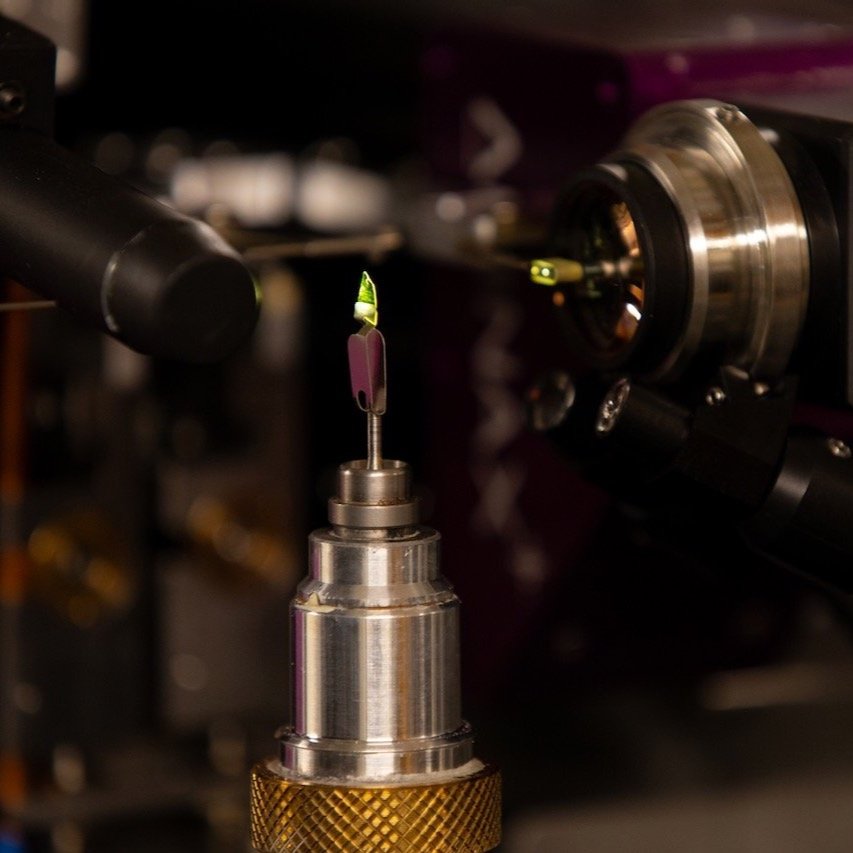





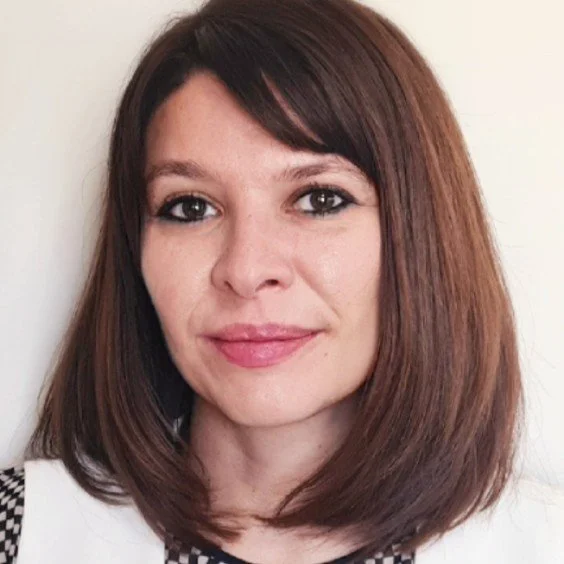




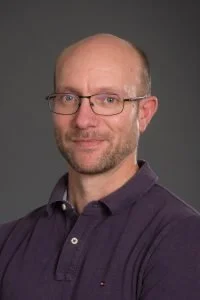
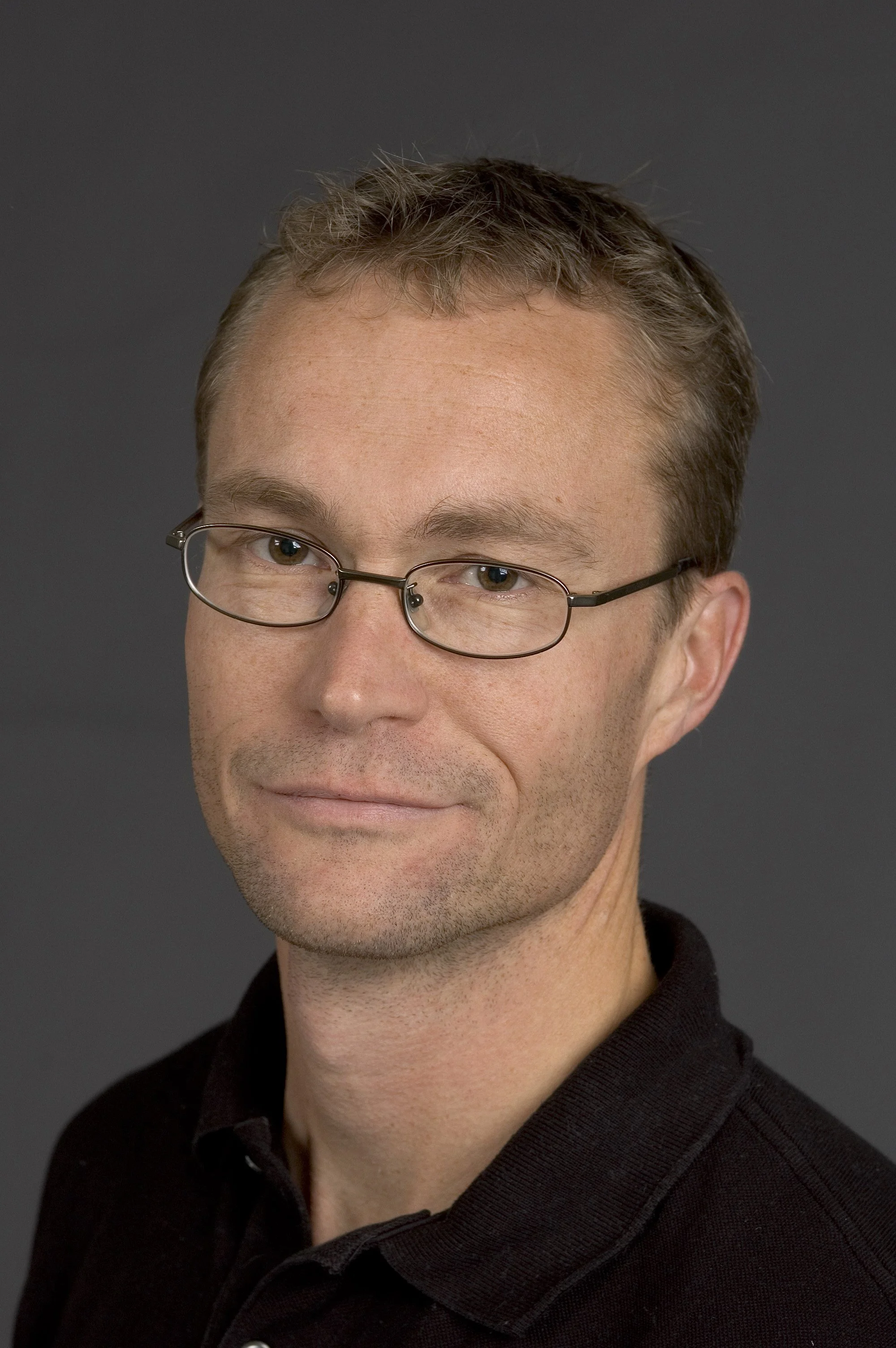
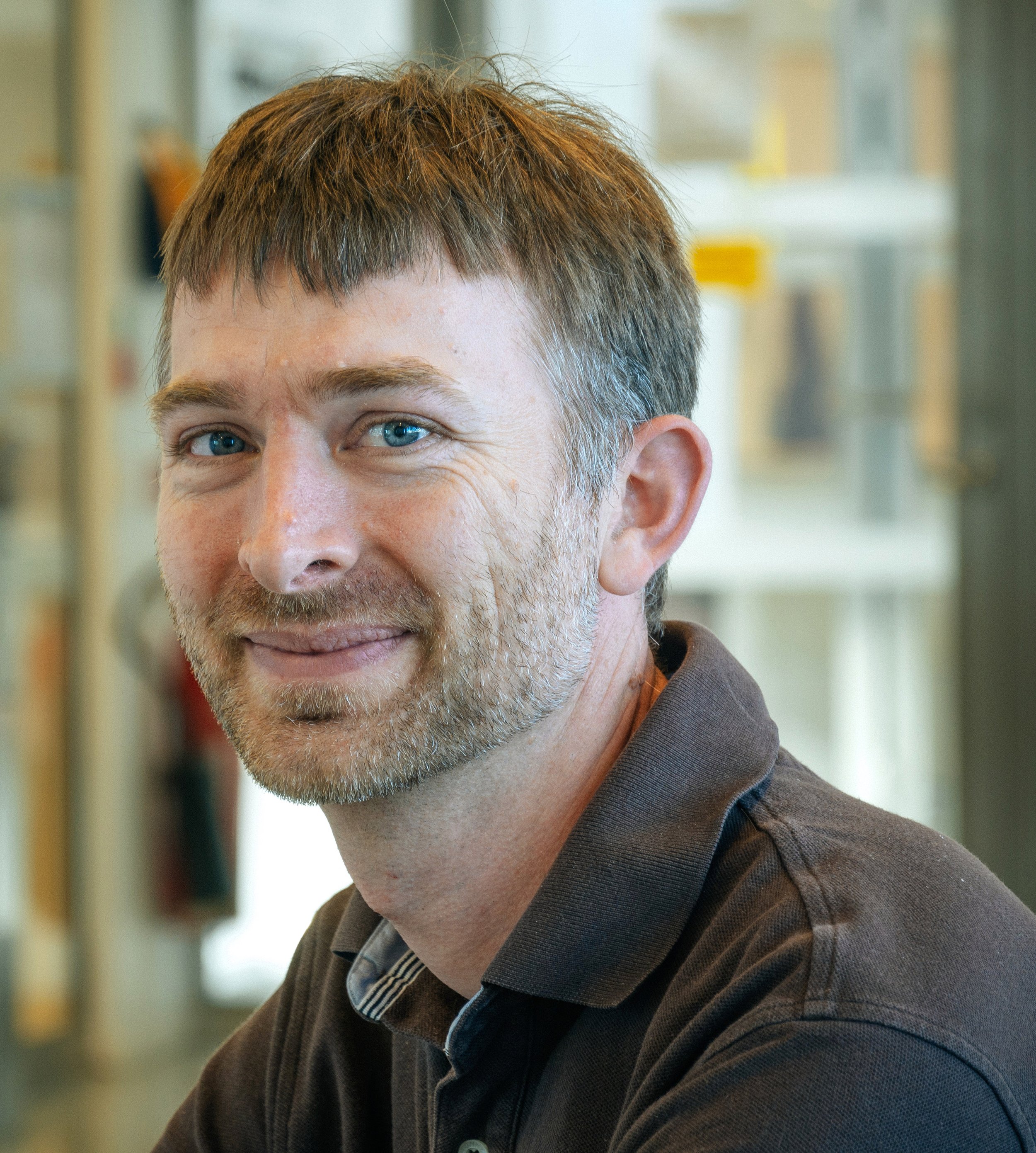




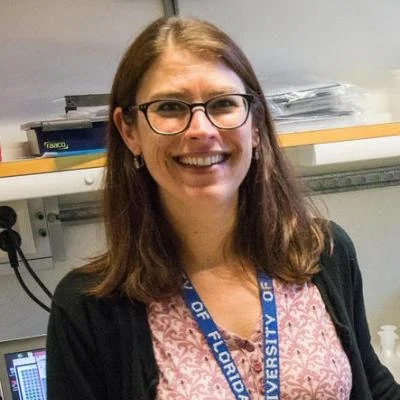












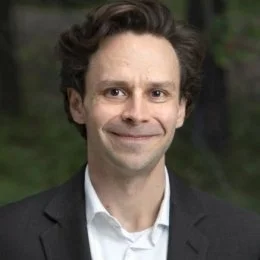

Chemistry of Life Core Group leader, LINXS Fellow
Andrew Hudson, Professor of Biophysical Chemistry, Institute for Structural and Chemical Biology, University of Leicester, UK.
Prof Hudson is a biophysical chemist with research interests in the application of specialised techniques in fluorescence imaging to monitor the dynamics of single molecules. He has been applying these methods to address otherwise inaccessible problems in RNA splicing. These have included validation of the spice-site selection model and the pathways for the early stages of spliceosome assembly and 3′ splice-site selection. On a different note, he has applied a number of different imaging modalities to quantifying the distribution of haem proteins in living cells, and how this evolves in response to different stimuli. Recently, he has been looking at the regulatory role of haem in cells, and designed a genetically-encoded sensor for measuring in vivo haem concentrations by fluorescence lifetime imaging. His research group has also developed new fluorescence assays to probe the role of haem in the molecular mechanism of the transcription-translation feedback loops which are responsible for maintaining circadian rhythms.